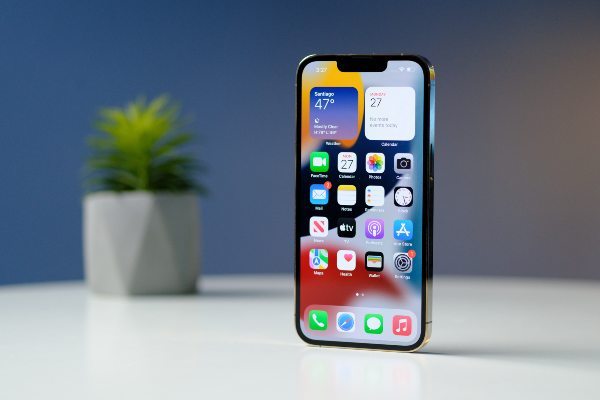Advancements in technology have been incredibly transformative for individuals with disabilities. One significant leap in accessibility is the development of ALS iPhone features, designed specifically to support people living with ALS (Amyotrophic Lateral Sclerosis). These features help bridge communication gaps and assist in navigating daily tasks, offering a sense of independence to those who need it most.
The Significance of ALS iPhone for People with ALS
ALS is a progressive neurodegenerative disease that affects nerve cells in the brain and spinal cord, leading to muscle weakness and loss of speech. The ALS iPhone plays a critical role in maintaining communication for patients as their condition progresses. By incorporating specialized accessibility features, the ALS iPhone empowers users to interact with their devices, even when physical mobility is limited.
ALS iPhone Enhances Daily Communication
For individuals with ALS, maintaining communication is a challenge as their ability to speak diminishes. The ALS iPhone offers innovative solutions, such as text-to-speech technology, voice control, and customizable shortcuts. These features allow users to continue expressing themselves, whether through typed messages, voice commands, or pre-set responses. As ALS progresses, these tools adapt, offering continued support.
Technological Advancements in ALS iPhone Features
The development of ALS iPhone accessibility features has evolved rapidly over the years. New advancements include eye-tracking technology and advanced speech recognition. With eye-tracking, users can control their iPhones just by looking at the screen, a breakthrough that ensures accessibility for those who have lost the ability to use their hands. This development highlights the continuous improvement in tech, specifically geared toward ALS patients.

Personalizing the ALS iPhone for Individual Needs
One of the key strengths of ALS iPhone accessibility is its customization. People with ALS often experience different symptoms at various stages of their condition. The iPhone allows for a highly personalized experience, with options to adjust settings such as text size, screen contrast, and voice speed. Customization ensures that each individual can modify their device to suit their unique needs, making communication and navigation easier.
The Impact of ALS iPhone on Health Monitoring
Along with its communication features, the ALS iPhone also supports health monitoring. Several apps designed for ALS patients allow users to track their symptoms, medication schedules, and physical progress. By keeping an eye on these details, caregivers and medical professionals can make better decisions. The integration of health apps into the iPhone ensures that patients can stay on top of their condition, even as mobility becomes more difficult.
The Future of ALS iPhone Accessibility
As technology continues to improve, the ALS iPhone is expected to become even more advanced. Innovations like AI-driven predictions of ALS progression and enhanced communication interfaces are just a few possibilities. The goal is to make devices more intuitive, responsive, and accessible. This ongoing evolution will continue to enhance the quality of life for ALS patients, giving them more freedom and control.
Conclusion
The ALS iPhone accessibility features represent a significant technological advancement that benefits individuals living with ALS. These tools not only enhance communication but also offer independence and improved health management. As technology progresses, the potential for ALS iPhone to provide even more personalized and efficient support will further revolutionize the way ALS patients interact with the world around them.

